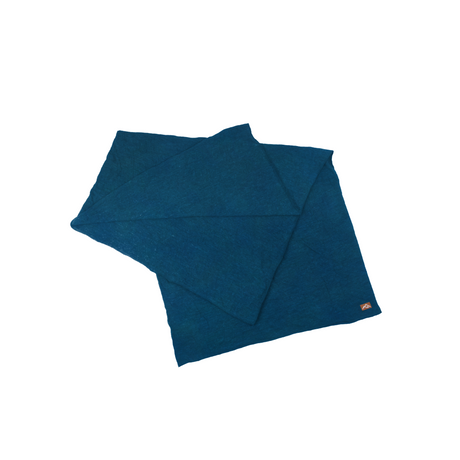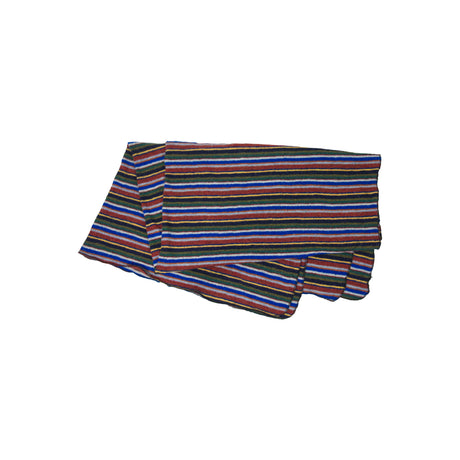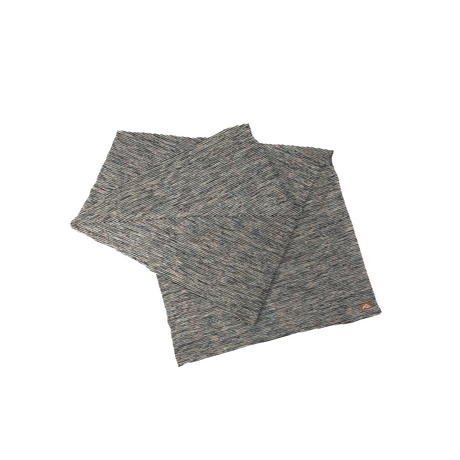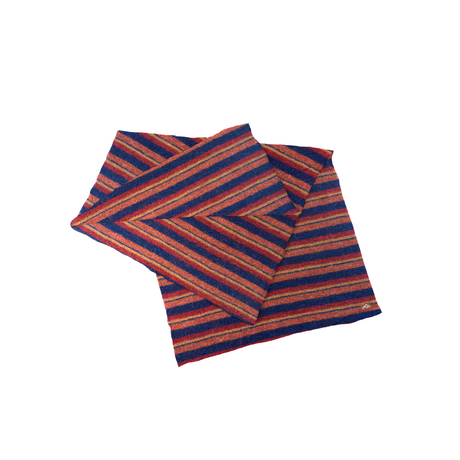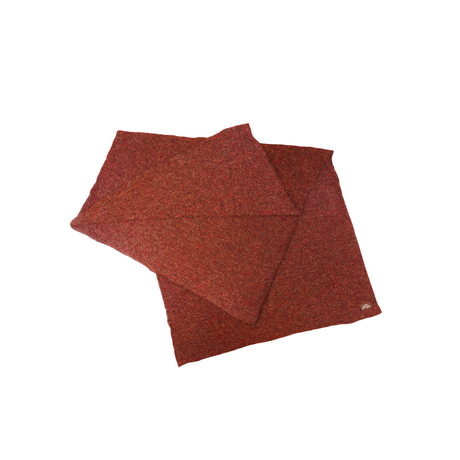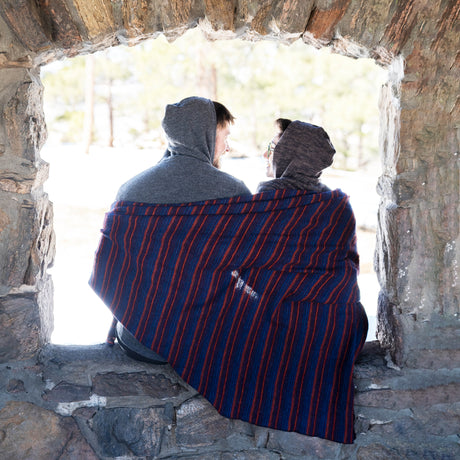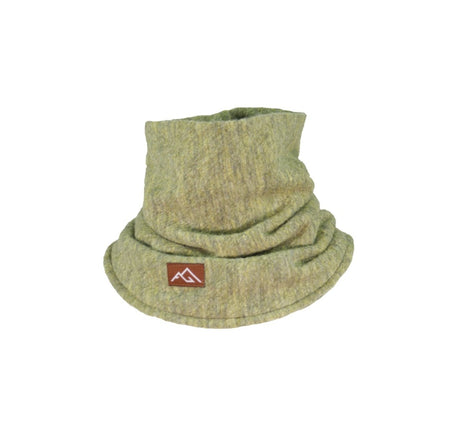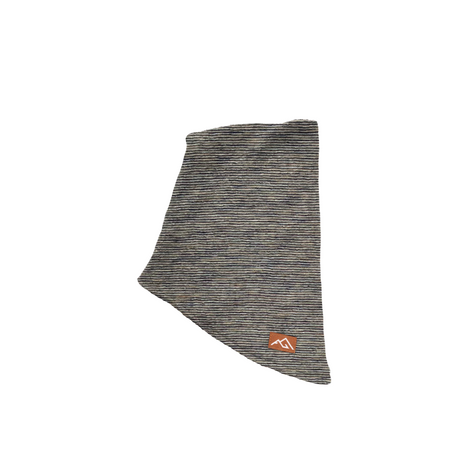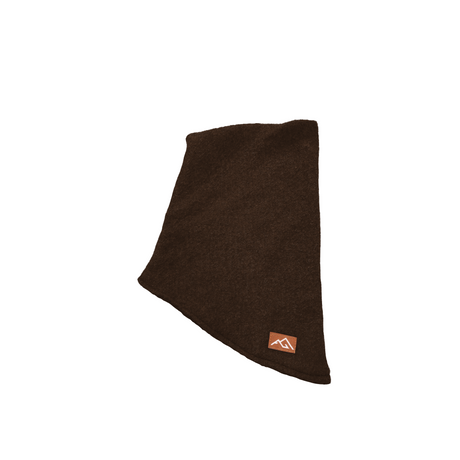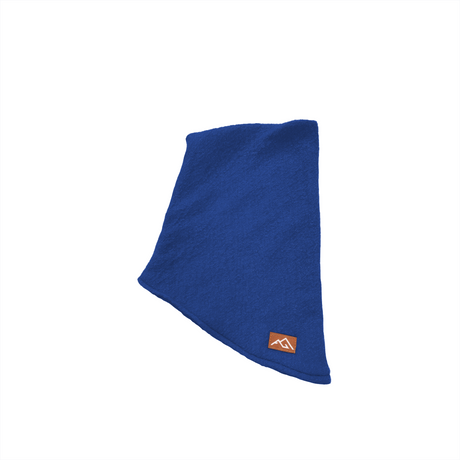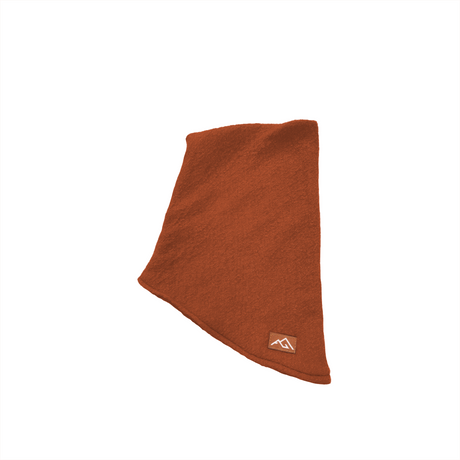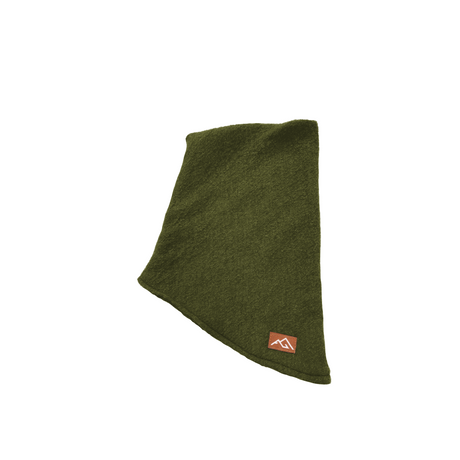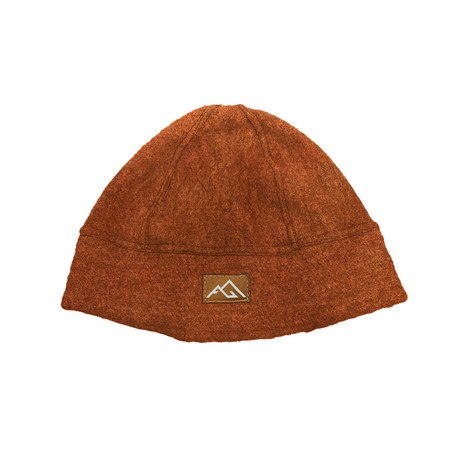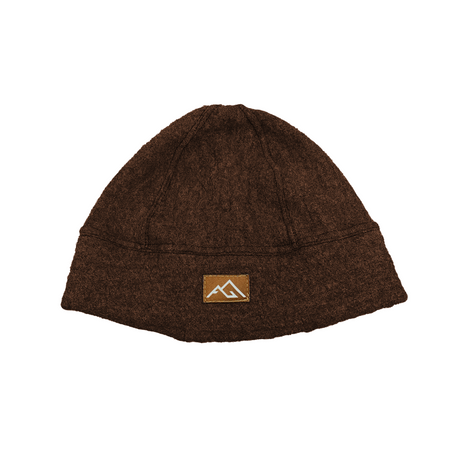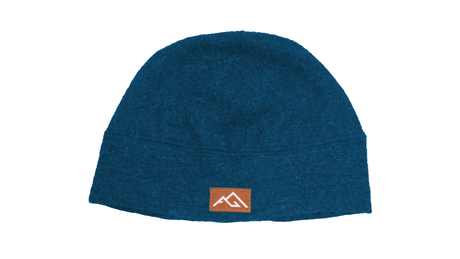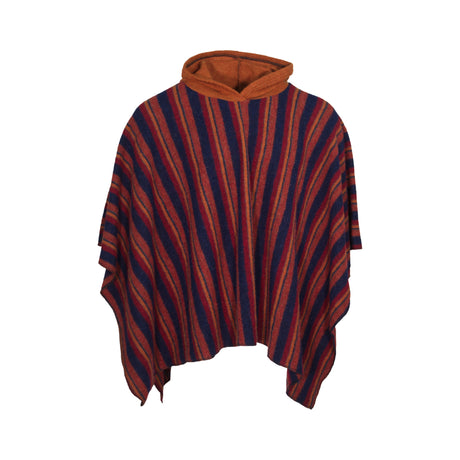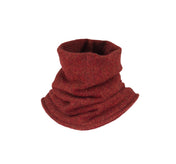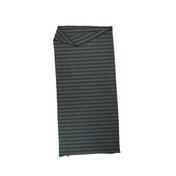By Maggie Slepian
One of my earliest memories is riding a bike. My dad and our neighbor were pushing me back and forth between them, helping me glide a short distance on my newly training-wheel-free two-wheeler. After many back-and-forth passes, they determined I was ready to go solo, and they set me loose. Upon seeing no one there to catch me, I immediately panicked and sailed screaming straight into the tree well at the center of our cul-de-sac, tumbling down the incline into a pile of dead branches and poison ivy.
I’ve written before about biking here, so much that my assigning editor jokingly called me the App Gear Co Cycling Columnist. I’ve been to a spin class that was probably a cult, and gotten absolutely destroyed on a bike trip where we drove 12 hours to Colorado before bailing in the middle of the first climb.
So naturally, with my continual domination in the cycling world, it would make sense that this summer I attempt the Great Divide Mountain Bike Route, commonly known by its clunky acronym: the GDMBR.

The GDMBR is about 2,700 miles from Antelope Wells on the Mexico / US border to Banff, Canada. It follows the Continental Divide, paralleling the CDT and hitting some of the same towns while staying primarily on bike-friendly dirt roads instead of singletrack.
The route crossed my radar a few years ago while I was still packing my full-suspension mountain bike by tying stuff sacks to my handlebars and whacking my knee on the bolts of an ill-fitting seatpost rack. I can’t go too long without attempting something novel, and I love the idea of long, arduous human-powered trips. Something about the all-or-nothing experience of long-distance bike touring piqued my interest.
Unlike backpacking—a consistent mid-range level of effort and discomfort—bike touring is either so easy (flying down a hill!) or so miserable it makes you wish you’d never been born (biking up the hill!).
Unlike backpacking—a consistent mid-range level of effort and discomfort—bike touring is either so easy (flying down a hill!) or so miserable it makes you wish you’d never been born (biking up the hill!). To my backpacker self, accustomed to covering a maximum of 25 miles a day with immense effort, the idea of regularly spinning 50-75 miles each day was appealing, despite the necessary mechanical knowledge and gear swaps.

Over the next few years I bought a gravel bike, put some miles on it, and started honing in my gear setup. I went from stuff sacks and a seatpost rack to a handlebar bag and panniers, and as the idea for the GDMBR solidified, I swapped both for streamlined Revelate bags under the seat and handlebars.
Buying the gear is all fun and games, as is plucking each lightweight, packable item from my bloated gear closet. The rest of the planning is where it gets hard.
Buying the gear is all fun and games, as is plucking each lightweight, packable item from my bloated gear closet. The rest of the planning is where it gets hard.
Off the top of my head, here is a brief list of things I don’t know how to do with a bike:
-Attach my new seatpost
-Attach my new handlebar stem
-Rewrap my handlebars
-Actually fix a chain
-Patch a tubeless tire
-In the event of not being able to patch the tubeless tire, put a tube in there???
-Change my brake pads
-Install the seatpost bag?
-Change a spoke
-Know what size my derailleur hanger is?
-Put together a repair kit that isn’t too much but doesn’t leave anything out
-Download the route onto my phone app

There’s a lot more to the mechanics side of a bike tour than patching a leaky sleeping pad or jury-rigging a broken pack strap. I’ve taken two short bike maintenance classes, but with my lack of mechanical understanding, the longer I look at something, the less sense it makes.
Traveling with a bike is also more logistically challenging than checking a pack on a plane. My boyfriend and I are going against the flow of traffic, which means starting in New Mexico in June and heading north, whereas most GDMBR riders start later in the summer in Banff (or at the Canadian border) and head south through Montana. We figured we’d get the challenging travel out of the way first by starting in the south, then ending closer to where we live up north.

Antelope Wells is remote, though like any reasonably popular route, there are resources, and we have a vague plan. (Ship the bikes to a bike ranch! Fly to El Paso! Bus to Lordesburg! Get a shuttle from Lordsburg! Hopefully our bikes end up in the right place!) From there, it’s a matter of starting to bike, hoping body parts don’t hurt too badly, and that any repairs can be figured out with common sense, YouTube, and whatever repair tools fit into a Ziplock.
I’m listing all of the challenges, but I’m also not giving myself enough credit. I’m good at long-distance stuff.
As soon as Matt and I figured out rough timing and settled on the northbound direction, I started researching terminus transport and making lists of bike upgrades, gear, and repair items. I wrote a vague timeline of pre-departure necessities, and I’ve been checking them off one by one.
There’s a lot that goes into the initial planning, but once you’re out there, it’s just day after day, mile after mile.
There’s a lot that goes into the initial planning, but once you’re out there, it’s just day after day, mile after mile. You take care of things as they come, and you can’t predict how each day will unfold. We can’t change the weather or the insane snowpack at high elevations, and I won’t be able to foresee injuries or bike breakdowns. The most we can do is prepare as much as possible beforehand, and know to expect (and accept) the unexpected.
I’ve done enough long-distance endeavors to understand that so much of it is romanticized. You can see enough photos of sleek rigs against snowcapped mountains and prairie sunsets to last the entire ride, but there will be many days of hard miles and bad weather and chafed skin and asthma attacks. It’s also all worth it, because no matter how the trip turns out, and no matter if we make it to Canada or not, we’ll have given it a try. For me, that alone is worth the effort.

“Giving it a try” is one of the things that keeps me excited about life. I appreciate my life and feel settled here in Montana, but there’s so much I haven’t done or explored. I can stay home for the six to eight weeks the GDMBR will take, and I’d have a great time. I’d be biking shorter routes, climbing, making money with my writing, working on a movie, keeping my house clean, running the same trails I run every summer. But for the two months we plan to ride this route, we’ll be doing something entirely different that will stay with us for the rest of our lives.
I didn’t stay home in the spring of 2015—I struggled through the first few hundred miles of the AT, which was my first real backpacking trip. Since then, my life and career have centered around outdoor adventure, whether it goes seamlessly like the Colorado Trail or my skin falls apart and I quit after 200 miles like the Arizona Trail.
So here’s to giving it a try, hoping for the best, and maybe I’ll be here in a few months with my first on-route update. I’ll try to keep my internet presence updated and might also write about it on my own essay project. Time will tell.








